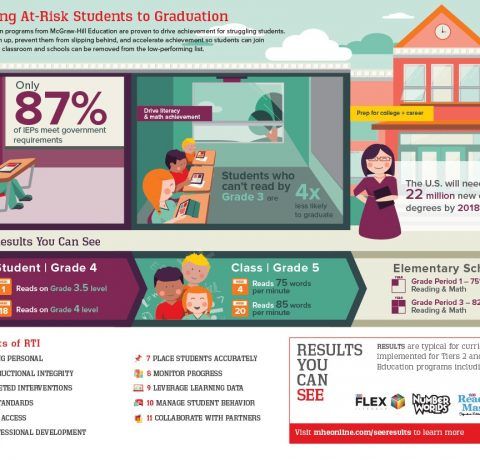The Dyspraxia Infographic
The Big Picture of Dyspraxia
- Easily distracted
- Difficulty learning new skills
- Clumsy
- Simple tasks can be a struggle
- Inefficient
- Transitions are tough
- Difficulty with sequencing organization
- Derailed mid-task
- Difficulty navigating through crowds
- Avoids novel tasks
- Struggles to follow directions
- Repeats preferred activities over and over
- Requires more tome to master any task
- Poor short-term memory
- Takes longer to complete tasks
The Details of Dyspraxia
Gross Motor
- Needs more help on playground
- Bumps, trips and falls
- Stairs
- Balance
- Coordinating the two sides of body
- Sports
- Bicycle riding
- Running, hopping, skipping, jumping
- Catching and dribbling
- Alternating feet on stairs
Play
- Reluctant to join ongoing peer play
- Hesitates on the playground
- Repeats preferred activities over and over
- Limited play schema, e.g., banging, throwing, lining up cars
- May prefer imaginary play to playground
Fine Motor
- Drops
- Spills
- Clumsy manipulating cards, beads, pegs
- Pencil/crayon grasp
- Labor intensive handwriting
- Illegible handwriting (sizing, spacing, writing on the line)
- Messy coloring
- Classroom tools (tape, stapler, scissors)
- Handedness
School
- Independent work skills
- Multi-step directions
- Retaining routines
- Remembering rules
- Fidgety
- Takes longer to produce written work
- Packing and unpacking backpack
- Processing verbal and written info
- Completing assignments in a timely manner
- Learns better one-on-one
- Avoids PE
- Difficulty navigating crowded hallways
Organization
- Breaking down task into component parts
- Initiating and following through a task
- Messy
- Time management (e.g., assignments)
- Coping with time restraints
- Take longer to complete a task
- Gets lost mid-task
- Resistant to changes in schedules and routines
Self-Care
- Messy eating
- Getting dressed
- Buttons
- Shoelaces
- Washing hands thoroughly
- Managing clothing for toileting
Tips for Dyspraxia
School Tools
- Predictable schedule routine
- Everything in its place and a place for everything" (organized classroom and work area)
- Warnings for transitions
- Color code work materials for organization
- Allow more time to complete a task
- Give one instruction at a time
- Seat child away from distractions
- Teach "recess skills" at home
For Home
- Organize play area
- Organize work area
- Velcro schedule or check-off list for daily routines
- Prepare for changes in routine
- Homework organizer to break down academic tasks
- Break down activities and routines into component parts; practice one at a time until mastered
- Give one instruction at a time
- Provide "heavy work" to increase body awareness, eg. rake, shovel, tug-of-war
- Encourage non-competitive physical activity, e.g., martial arts, swimming, skating
Self Care Tips
- Lay out a “person” out of clothes the night before
- Use easy to manage clothing, e.g., elastic waistbands and large neck hole to facilitate independences
- Bathroom checklist on dry erase board
- Fit eating utensils to hands
- Practice shoelaces and clothing fasteners when not pressed for time







You can adjust your cookie preferences here.